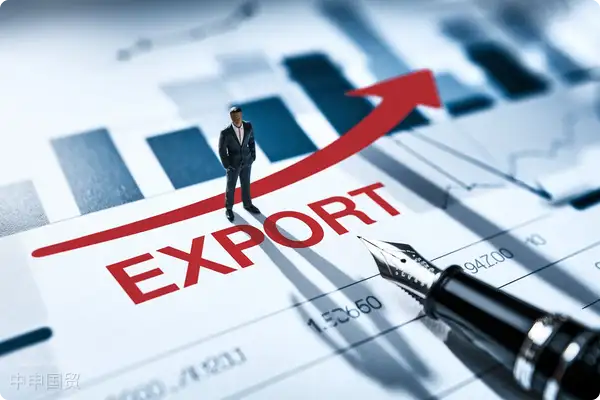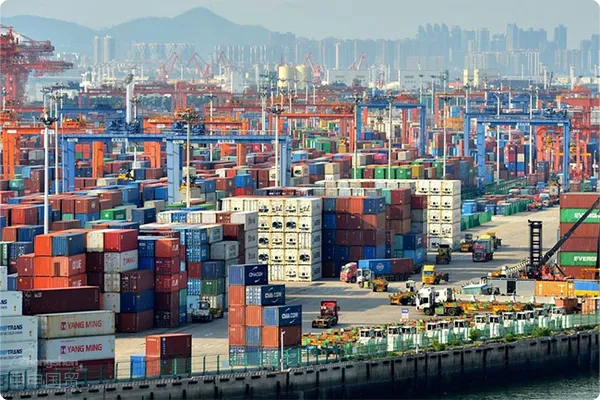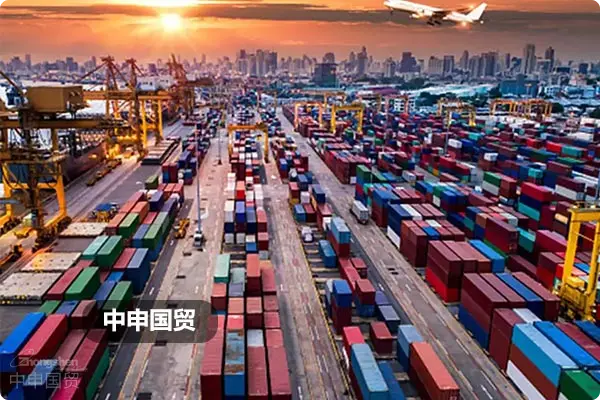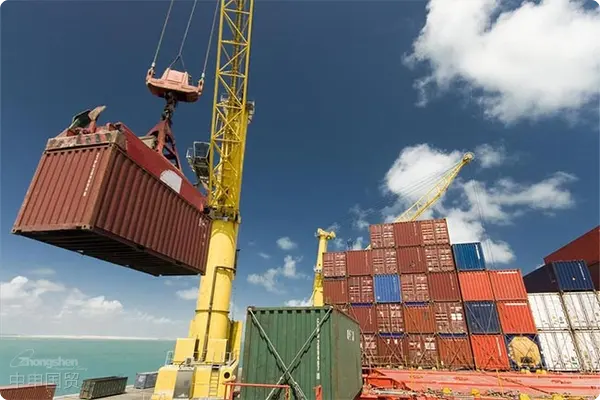- Shanghai Zhongshen International Trade Co., Ltd. - Two decades of trade agency expertise.
- Service Hotline: 139 1787 2118
In the complex network of global trade, correctly and punctually handling the export cargo declaration form is the key to achieving smooth transactions and meeting customer needs. This is not only a legal requirement but also an important part of efficient and reliable supply chain management. Given its importance, understanding the basics of the declaration form and how to effectively manage this process is crucial for every organization involved in international trade. This article will explore in detail the meaning, importance, and declaration process of the export cargo declaration form.
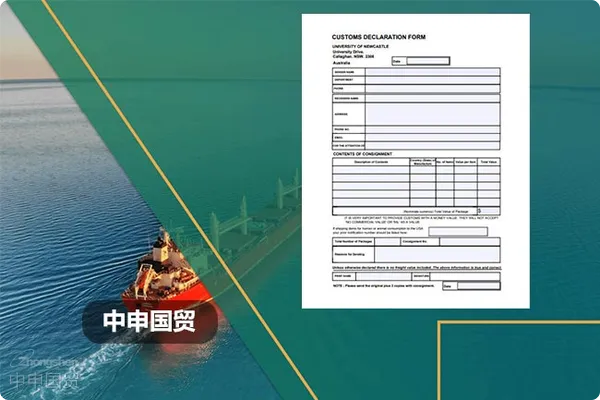
What is the export cargo declaration form?
The export cargo declaration form is a legal document used to provide detailed information about the goods to be exported to the customs authorities. This document is an indispensable part of export activities, including information such as the type, quantity, destination, value of the goods, and whether tariffs or other fees need to be paid. The lack of this document or inaccurate information in this document may lead to the detention of goods at the customs, thus affecting the efficiency and reliability of the entire supply chain.
The declaration form is not just a form to be filled out and submitted; it is a legal document that needs to go through strict review and approval. This is because the declaration form is used not only for tax calculation but also to ensure that the goods comply with various import regulations and standards of the receiving country or region. This includes ensuring that the goods do not contain substances prohibited or restricted from import and comply with safety and quality standards.
The importance and purpose of the export cargo declaration form
The export cargo declaration form has multiple importance and purposes in international trade. First, it is a necessary document for customs clearance. Without it, goods cannot enter the destination country or region. Second, the declaration form is also a legal statement by the exporter regarding the accuracy of the goods information, which is very important for avoiding legal disputes and ensuring compliance.
In addition to being a tool for tax and compliance, the declaration form also plays a key role in cargo tracking and supply chain management. It helps all parties understand the flow and status of goods, thus more effectively managing inventory and transportation. In addition, the declaration form is also an important tool for risk management. By carefully reviewing the declaration form, the customs authorities can identify potential risks and problems, such as smuggling or illegal transactions.
The declaration process of the export cargo declaration form
The declaration process of the declaration form may vary by country and region, but usually includes several basic steps. First, the exporter needs to register in the customs Electronic data interchange (EDI) system. After registration, they need to submit a detailed declaration form, usually accompanied by a packing list and an invoice. Once the customs receives and reviews these documents, they will generate an official declaration form and assign a unique declaration form number.
Most of this process is automated, but the exporter still needs to carefully check all information to ensure its accuracy. Any error may lead to the detention of goods at the customs or the generation of additional costs. Therefore, the exporter needs to closely monitor the entire process to promptly discover and correct any possible problems.
4,Export cargo declaration form andMaritime TransportationBill of lading: Core differences
The export cargo declaration form and the ocean bill of lading are two frequently mentioned but significantly different documents. The declaration form is mainly used for customs clearance and contains detailed information about the goods, which is submitted by the exporter to the customs authorities. The ocean bill of lading, on the other hand, is a document issued by the carrier, certifying that they have received the goods and agreed to transport them to the designated destination.
In short, the declaration form is mainly related to customs procedures, while the ocean bill of lading is more of a transportation contract, certifying the ownership of the goods and the transportation liability. Understanding the differences between the two is crucial because in actual operations, they each play different but equally important roles.
By comprehensively understanding all aspects of the export cargo declaration form, exporters can conduct international trade more effectively, reduce risks, and improve work efficiency.
Related Recommendations
? 2025. All Rights Reserved. Shanghai ICP No. 2023007705-2  PSB Record: Shanghai No.31011502009912
PSB Record: Shanghai No.31011502009912
